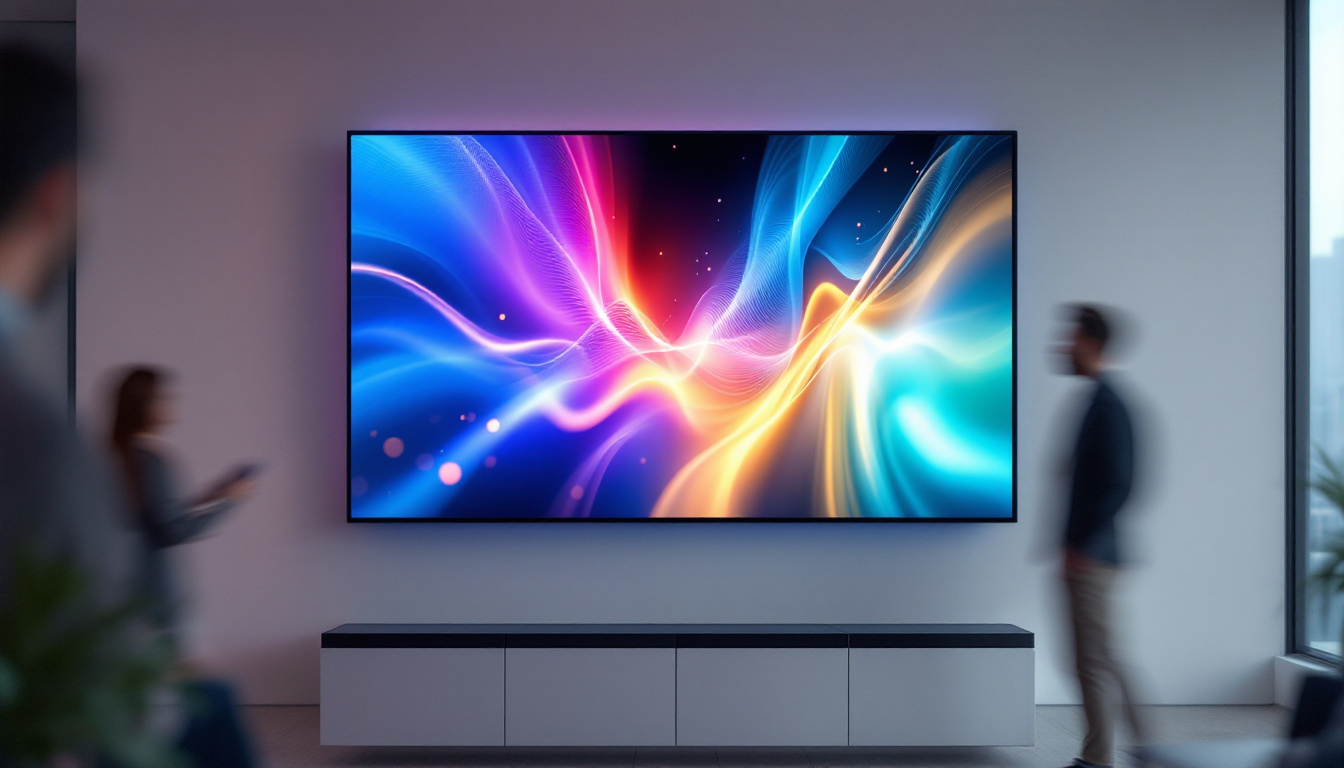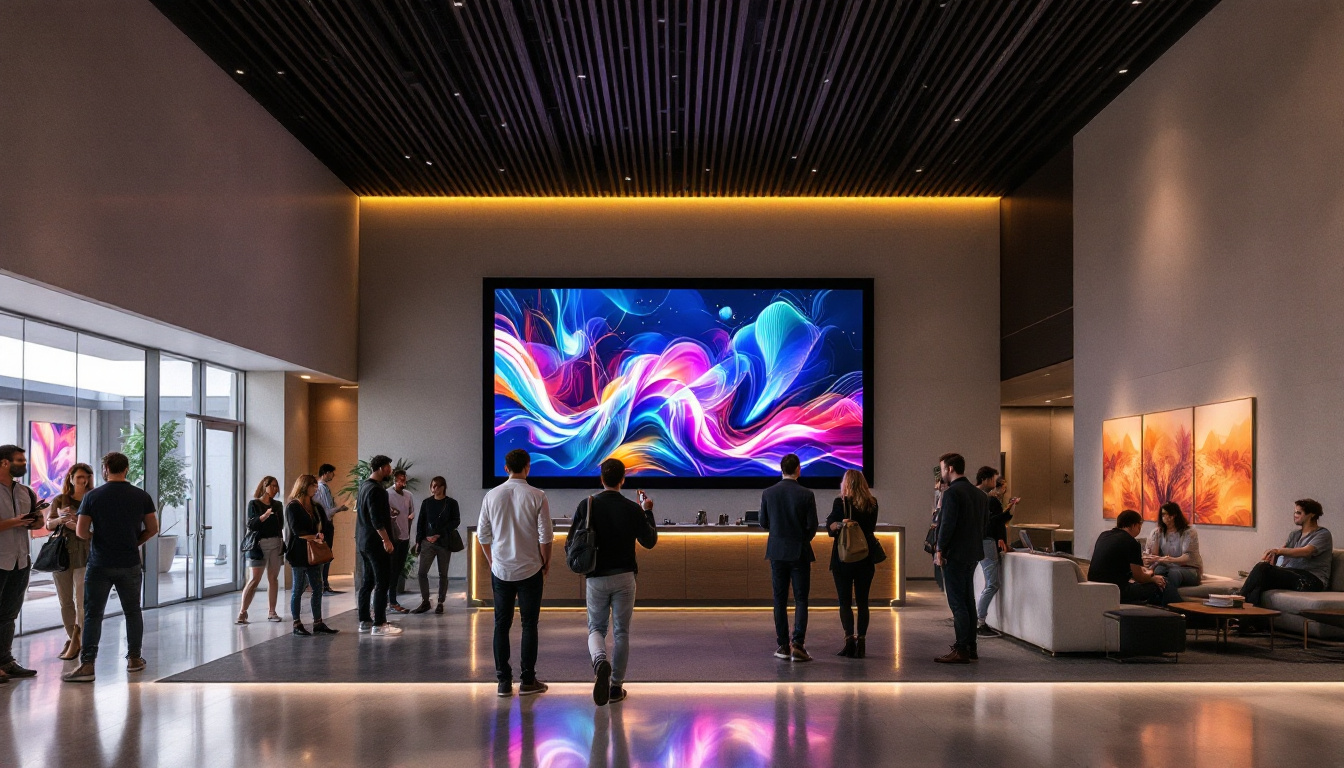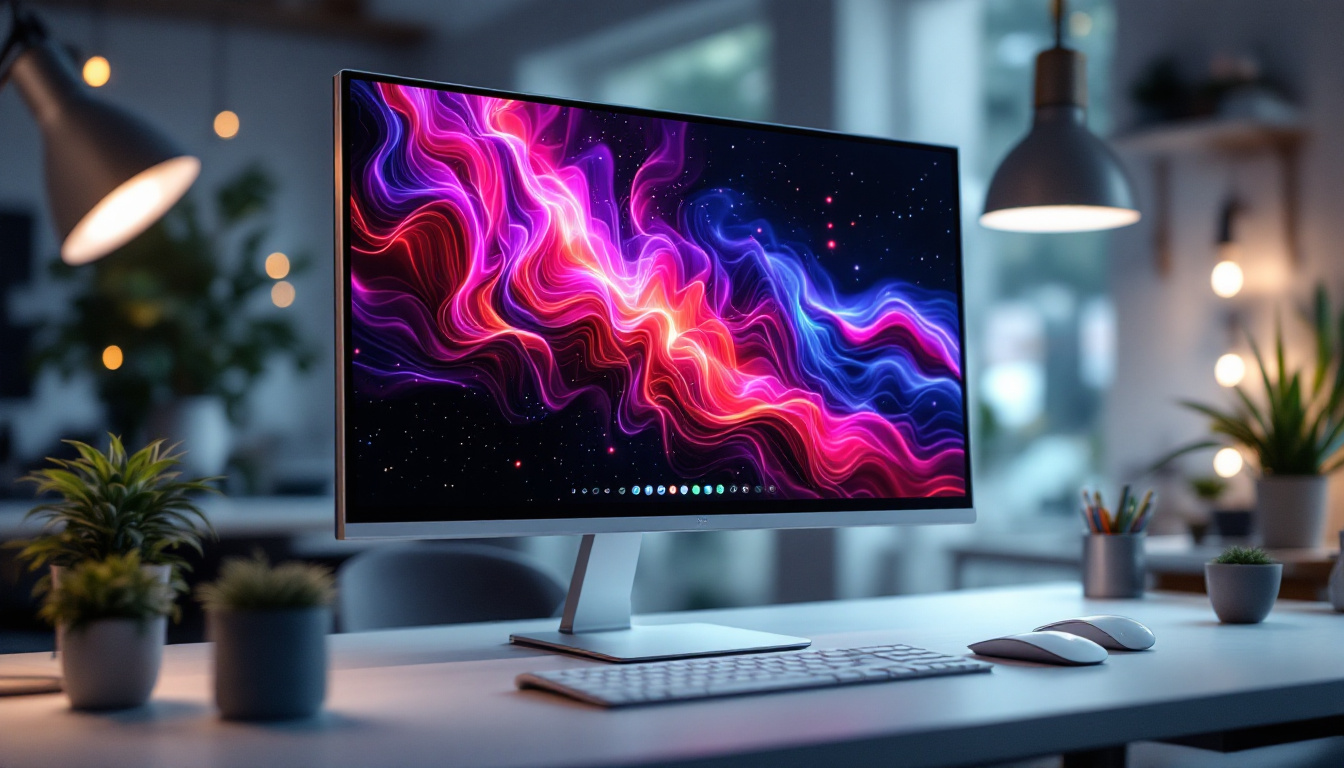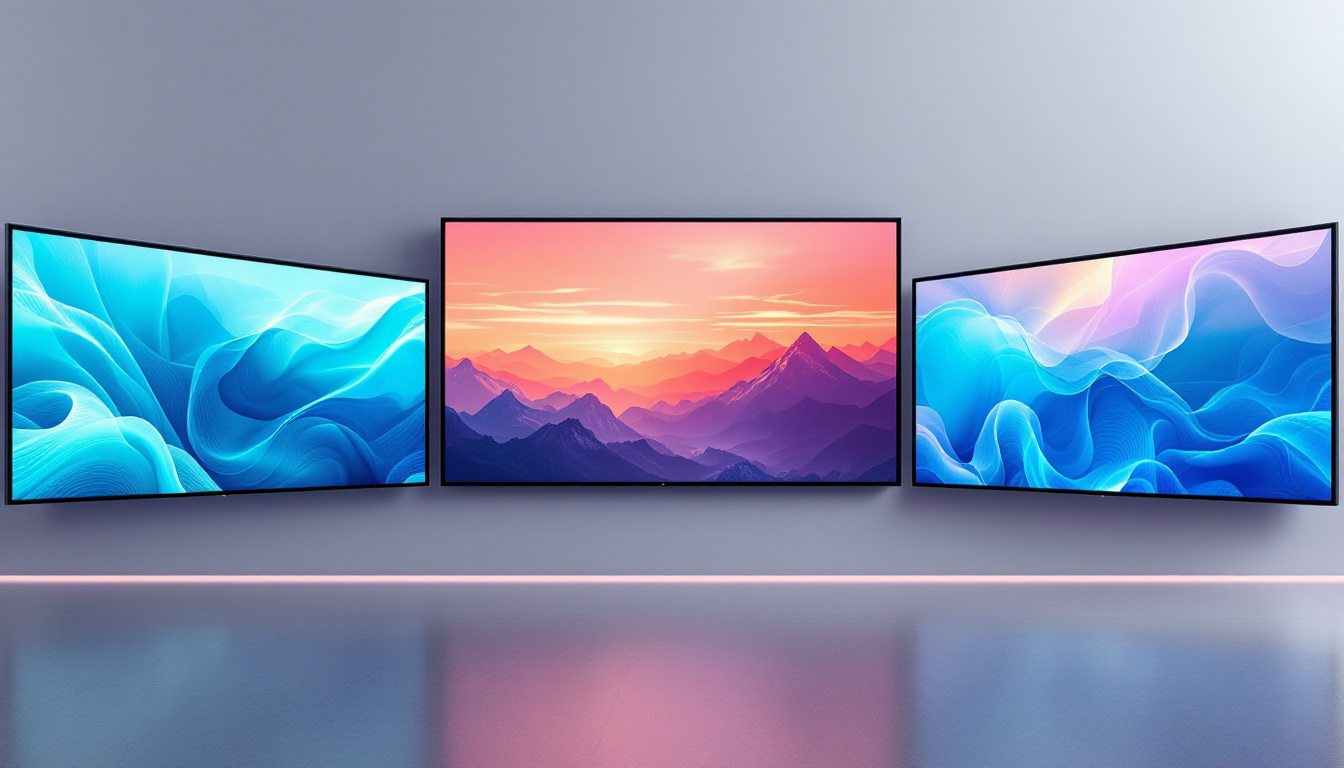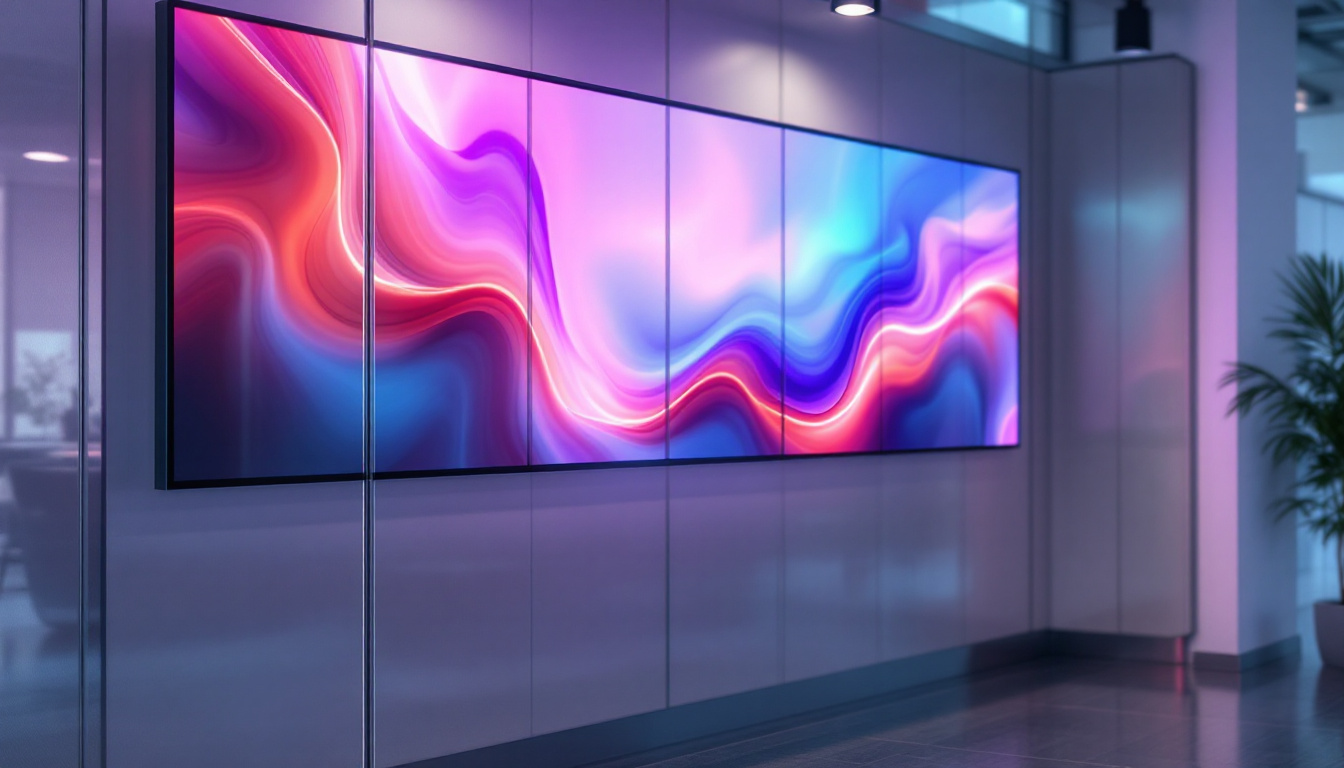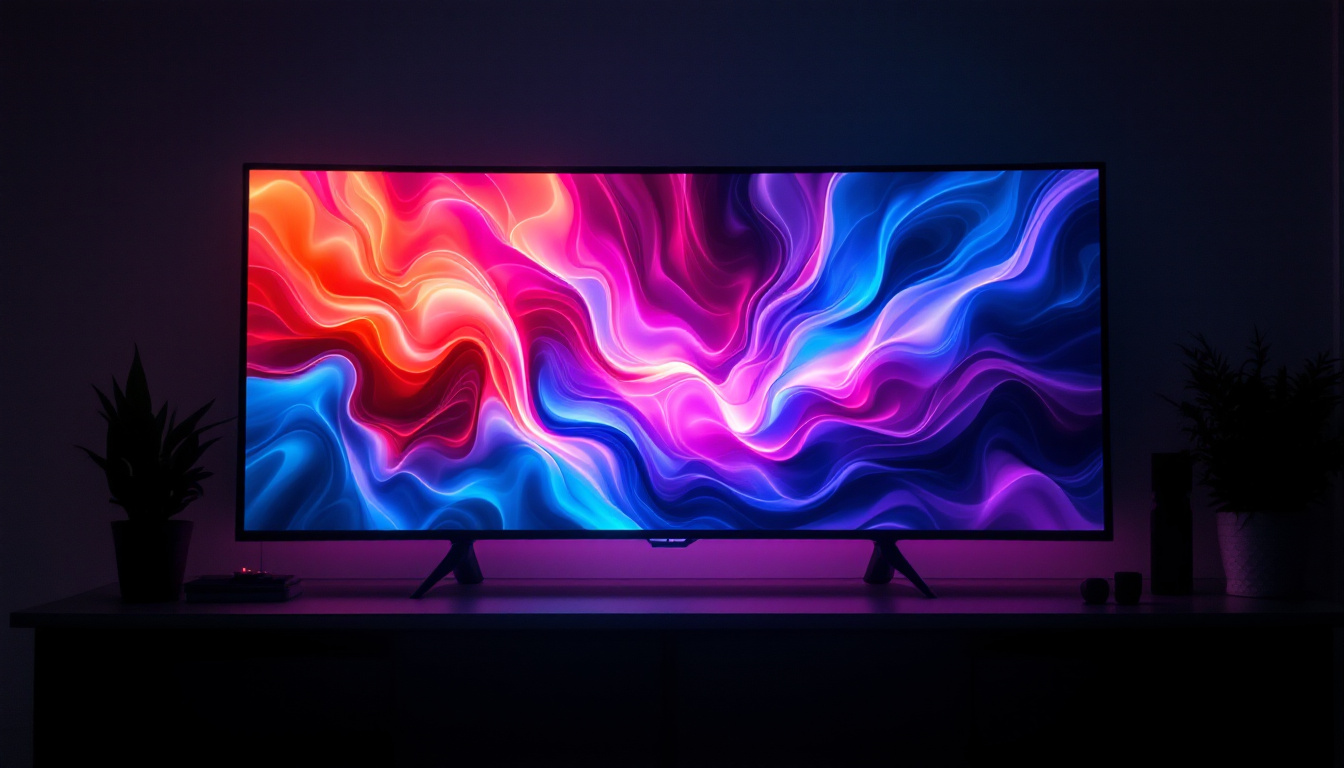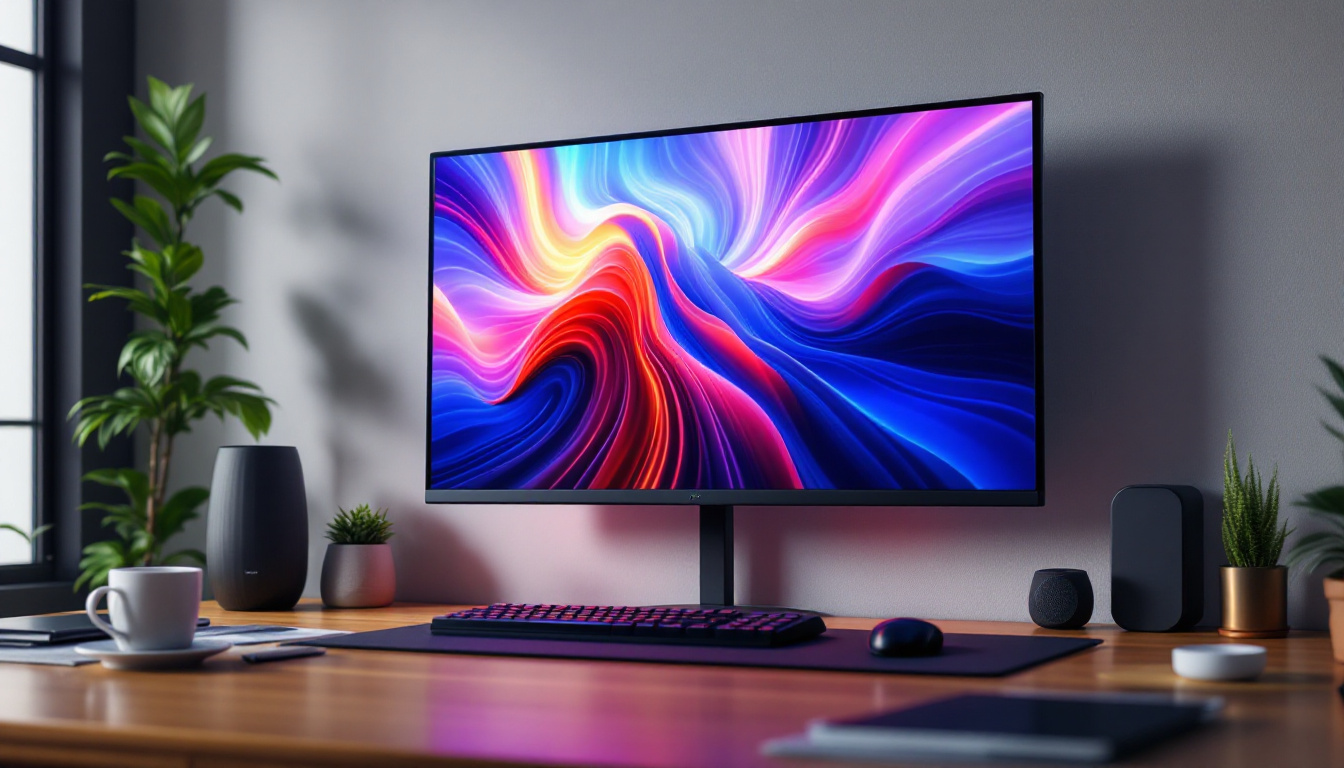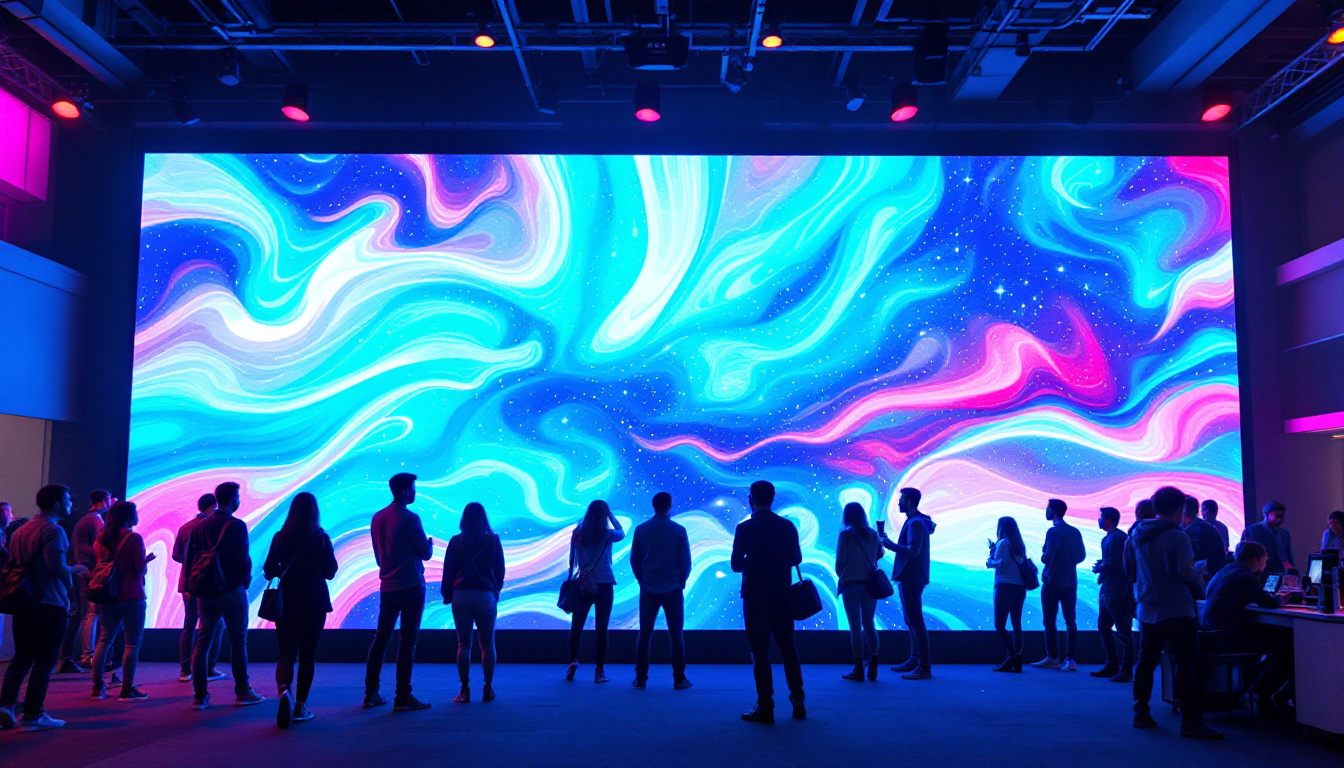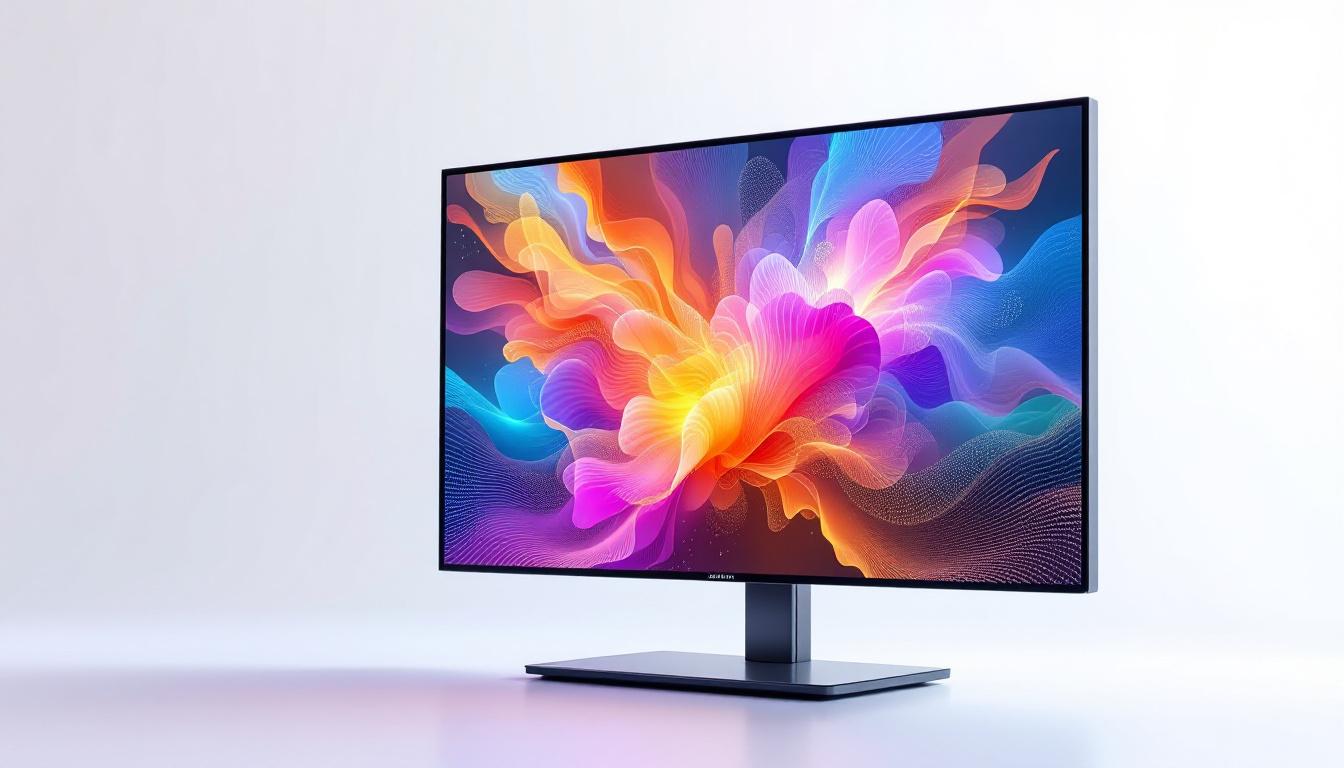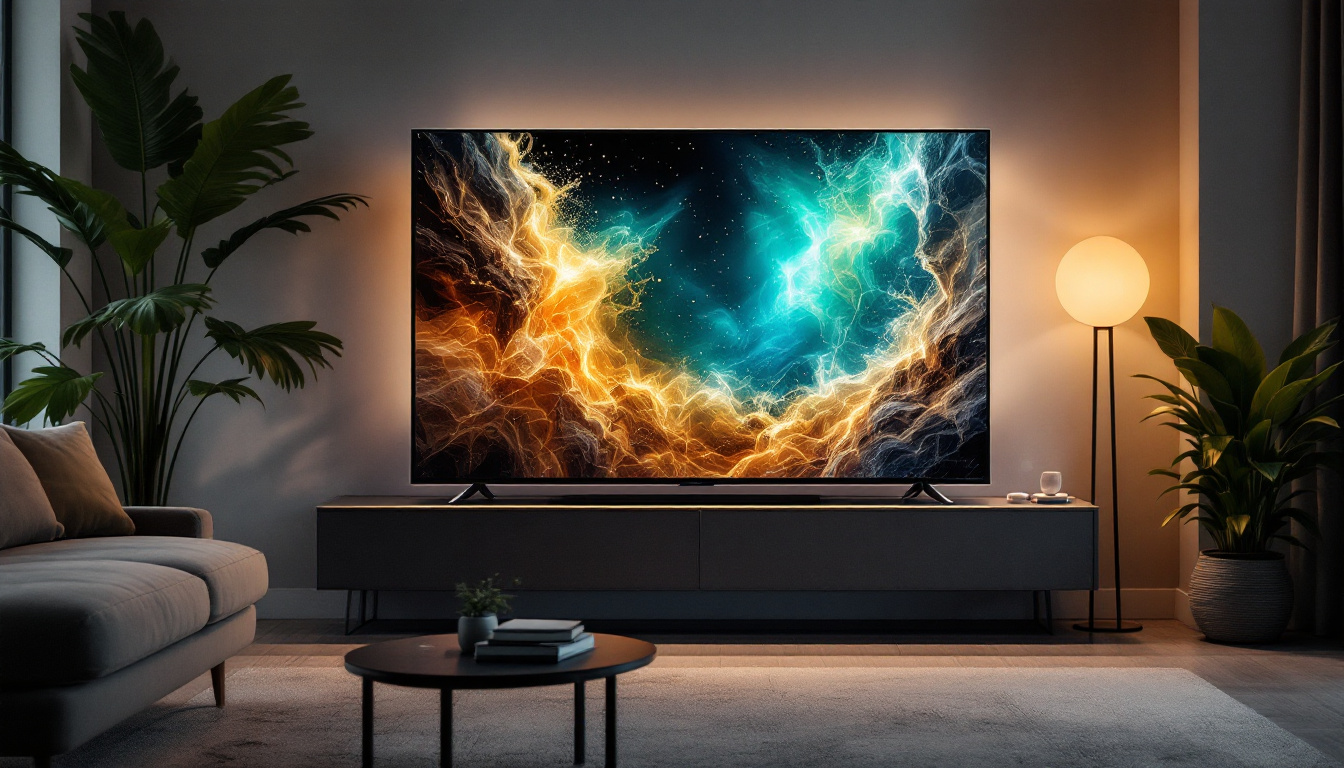In today’s digital age, touch screen displays have become an integral part of our daily lives. From smartphones and tablets to kiosks and interactive whiteboards, touch screens offer a user-friendly interface that enhances interaction with technology. Among the various types of displays, LED (Light Emitting Diode) technology stands out for its vibrant colors, energy efficiency, and versatility. This article delves into the intricacies of touch screen displays, focusing on LED technology and its applications.
Understanding Touch Screen Technology
Touch screen technology allows users to interact directly with what is displayed on the screen, eliminating the need for traditional input devices like keyboards and mice. This intuitive interaction has revolutionized the way people engage with devices, making technology more accessible to a broader audience. The rise of touch screens has not only transformed personal devices but has also impacted various industries, from retail to healthcare, where quick and efficient interaction is essential.
Types of Touch Screen Technologies
Touch screens can be categorized into several types, each utilizing different technologies to detect touch input. The most common types include resistive, capacitive, and infrared touch screens.
Resistive touch screens consist of multiple layers, typically two thin, transparent conductive layers separated by a small gap. When pressure is applied to the screen, the layers make contact, registering the touch. This technology is cost-effective and works well with gloves or styluses, making it suitable for various applications. For example, resistive screens are often found in industrial settings where durability and functionality in harsh environments are paramount, allowing operators to use the screens even while wearing protective gear.
Capacitive touch screens, on the other hand, use the electrical properties of the human body to detect touch. These screens are made up of a glass panel coated with a transparent conductor. When a finger touches the screen, it disrupts the electrostatic field, allowing the device to register the touch. Capacitive screens offer better clarity and responsiveness, making them popular in smartphones and tablets. The technology has also evolved to include multi-touch capabilities, enabling users to perform complex gestures that enhance the overall user experience, such as rotating images or navigating through maps with ease.
How Touch Screens Work
The operation of touch screens involves several key components, including sensors, controllers, and software. When a user touches the screen, the sensors detect the location of the touch and send this information to the controller. The controller processes the input and communicates with the device’s operating system, allowing it to execute the appropriate action.
Different technologies use varying methods to detect touch, influencing their responsiveness and accuracy. For instance, capacitive screens are generally more sensitive and can register multiple touch points simultaneously, enabling gestures like pinch-to-zoom. This capability has led to the development of innovative applications in gaming and design, where precise control is essential. Moreover, advancements in touch screen technology continue to emerge, such as haptic feedback systems that provide tactile responses to user interactions, enhancing the immersive experience and making digital interfaces feel more tangible and engaging.
LED Display Technology
LED displays are a type of flat panel display that uses light-emitting diodes to produce images. They are known for their brightness, energy efficiency, and longevity, making them a popular choice for various applications, from televisions to digital signage.
How LED Displays Work
LED displays consist of an array of tiny light-emitting diodes that illuminate to create images. Each pixel in an LED display is made up of red, green, and blue diodes, which can be combined in different intensities to produce a wide range of colors. This RGB (Red, Green, Blue) combination is fundamental to the display’s ability to render high-quality images.
One of the key advantages of LED technology is its ability to produce bright and vibrant colors. The diodes emit light directly, resulting in higher brightness levels compared to traditional LCD displays that rely on backlighting. This characteristic makes LED displays particularly effective in well-lit environments, such as outdoor signage.
Advantages of LED Displays
LED displays offer numerous advantages over other display technologies. One of the most significant benefits is energy efficiency. LED technology consumes less power than traditional displays, reducing operational costs and environmental impact.
Additionally, LED displays have a longer lifespan, often exceeding 50,000 hours of use. This durability translates to lower maintenance costs and less frequent replacements, making LED displays a cost-effective choice in the long run.
Furthermore, LED displays provide superior image quality, with higher contrast ratios and faster refresh rates. This results in smoother motion and more vibrant colors, enhancing the viewing experience for users.
Applications of Touch Screen LED Displays
The combination of touch screen technology and LED displays has opened up a world of possibilities across various industries. From consumer electronics to commercial applications, touch screen LED displays are transforming how users interact with technology.
Consumer Electronics
In consumer electronics, touch screen LED displays are ubiquitous. Smartphones, tablets, and laptops utilize this technology to provide users with intuitive interfaces. The vibrant colors and high responsiveness of LED displays enhance the overall user experience, making devices more engaging and easier to navigate.
Moreover, smart TVs are increasingly incorporating touch screen capabilities, allowing users to interact with content in new ways. This trend is paving the way for more interactive viewing experiences, such as browsing the internet or accessing apps directly from the TV screen.
Commercial Use Cases
In commercial settings, touch screen LED displays are employed in various applications, including point-of-sale systems, interactive kiosks, and digital signage. Retailers use these displays to engage customers, provide product information, and facilitate transactions.
Interactive kiosks equipped with touch screen LED displays are commonly found in airports, museums, and shopping malls. These kiosks allow users to access information, navigate locations, and even make purchases, all through an intuitive touch interface. The use of LED technology ensures that the displays remain visible and vibrant, even in high-traffic areas.
Education and Training
In educational settings, touch screen LED displays are revolutionizing the way instructors teach and students learn. Interactive whiteboards equipped with touch screens allow teachers to present lessons dynamically, incorporating multimedia elements to engage students.
Furthermore, students can interact with the content directly, fostering a more hands-on approach to learning. This technology is particularly beneficial in collaborative environments, where groups can work together on projects using a shared display.
Future Trends in Touch Screen LED Displays
The future of touch screen LED displays is promising, with several emerging trends shaping the landscape. As technology continues to advance, new innovations are expected to enhance the functionality and usability of these displays.
Advancements in Display Technology
One of the most significant trends is the development of flexible and foldable displays. These innovative designs allow for new form factors, enabling devices to be more portable and adaptable to various use cases. Imagine a smartphone that can transform into a tablet or a laptop that can fold into a compact size for easy transport.
Additionally, advancements in display resolution, such as 8K and beyond, are set to provide even more stunning visuals. Higher resolutions will enhance the clarity and detail of images, making touch screen LED displays ideal for applications requiring precision, such as graphic design and medical imaging.
Integration of Artificial Intelligence
Artificial intelligence (AI) is also expected to play a significant role in the evolution of touch screen LED displays. AI can enhance user interaction by providing personalized experiences, predictive text, and voice recognition capabilities. This integration will make touch screens even more intuitive, allowing users to interact with devices in ways that feel natural and effortless.
Moreover, AI can optimize display performance by adjusting brightness and contrast based on ambient light conditions, ensuring that the content remains visible and engaging in various environments.
Challenges and Considerations
While touch screen LED displays offer numerous advantages, there are also challenges and considerations to keep in mind. Understanding these factors is crucial for businesses and consumers alike.
Cost and Affordability
One of the primary challenges associated with touch screen LED displays is cost. Although prices have decreased over the years, high-quality displays can still be a significant investment for businesses. Organizations must weigh the benefits of enhanced interactivity and user engagement against the initial costs of implementation.
Additionally, ongoing maintenance and potential repair costs should be factored into the overall budget. It is essential for businesses to conduct thorough research and analysis before committing to touch screen LED technology to ensure it aligns with their financial goals.
Durability and Reliability
Durability is another consideration, especially in environments with heavy usage or potential exposure to harsh conditions. Touch screen LED displays can be susceptible to scratches, cracks, and other forms of damage. Investing in protective measures, such as screen protectors or rugged enclosures, can help mitigate these risks and prolong the lifespan of the displays.
Conclusion
Touch screen displays, particularly those utilizing LED technology, have transformed the way individuals and businesses interact with technology. Their intuitive interfaces, vibrant visuals, and energy efficiency make them a popular choice across various sectors.
As technology continues to advance, the future of touch screen LED displays looks bright. Innovations in display technology, integration of artificial intelligence, and the development of flexible designs will further enhance the user experience and expand the possibilities for interaction.
While challenges such as cost and durability exist, the benefits of touch screen LED displays far outweigh the drawbacks. Businesses and consumers alike can leverage this technology to create engaging, interactive experiences that meet the demands of today’s digital landscape.
Discover the Future of Interactive Displays with LumenMatrix
Ready to elevate your digital experience with the latest in touch screen LED display technology? LumenMatrix, a pioneer in innovative LED solutions, invites you to explore a world where vibrant visuals and intuitive interaction come together to create unforgettable visual experiences. From Indoor and Outdoor LED Wall Displays to specialized solutions like Vehicle, Sports, and Floor LED Displays, LumenMatrix offers a comprehensive range of products designed to captivate your audience and amplify your message. Embrace the future of visual communication with our cutting-edge displays. Check out LumenMatrix LED Display Solutions and see how we can transform your space into a dynamic, engaging environment.


